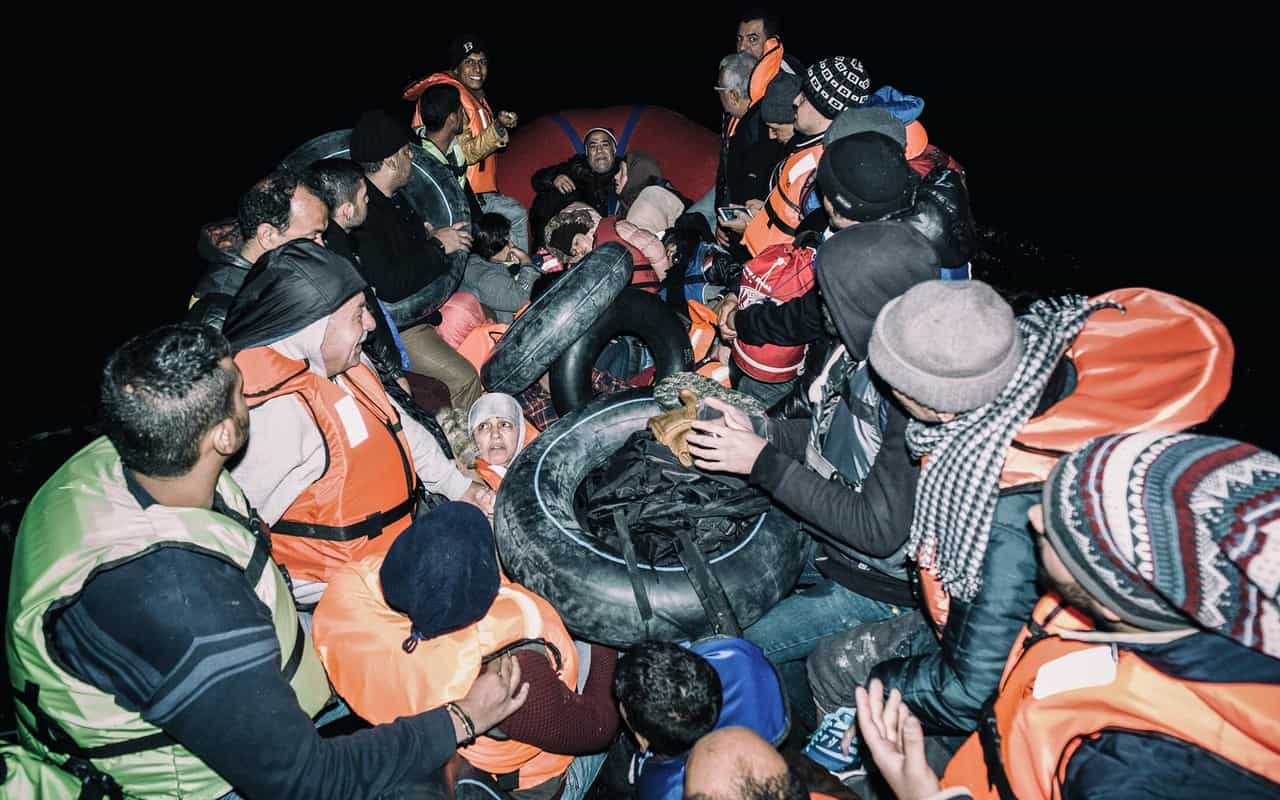Crossing the Mediterranean
German Photographer, Felix Kleymann posed as refugee to be smuggled from Turkey across the Mediterranean sea to Europe.
In his project, Escaping Death: Syrian Refugees, German photographer, Felix Kleymann documented the current refugee crisis by posing as a refugee, and being smuggled from Izmir in Turkey into Europe.

Felix Kleymann


